

Written by Corina Bradbury
Edited by Matt Wilson
WARNING: SPOILERS ALERT
The second instalment of the Hunger Games movie franchise, Catching Fire, developed a mixed bag of reactions from myself and my accompanying guest, in terms of its transferral from novel to the silver screen. The film begins a year on from Katniss Everdeen and Peeta Mellark victory in the following years Hunger Games; the annual battle between chosen district tributes to the death, televised for the powerful ruling Capital resident’s entertainment. The games symbolise the control President Snow of the capital now has over the poorer districts; they act as punishment and a disciplinary tool in response to the historical uprising of the districts. Catching Fire centres around a special edition of the games placing Katniss and Peeta along with previous victors back in the arena to produce an overall champion. However, amongst the relationship break downs, deceits and tribulations during the games, a rebellion begins amongst the districts threatening the Capital's authority and placing Katniss as the symbol of a future uprising. This leads the film to an explosive conclusion of conflict and capital destruction, setting it up comfortably for Mockingjay; the third book (the film is currently in production).
At first it was refreshing to see some of the key aspects had been well translated through the films production, including the continuous development of the characters relationships. This was particularly effective with the scenes between President Snow and Katniss, where the film progressively builds tension that maintains the films narrative whilst also highlighting the overarching principles of social conflict and socio-economic power struggles between the proletariat (the citizens of the district), the districts themselves and the bourgeoisie, Capital. This may be seen as a triumph for the film interpretation of The Hunger Games where the visual interplay of character interactions more accurately conveys the deeper social meanings than words on a page could ever achieve.
However amongst the film’s success in deciphering the more ‘hard hitting’ messages to the audience there are issues within the film's overall substance and in keeping true to the original novel. A lot of unnecessary plot alterations were made and character dialogue removed, a technique supposedly used in the interest of keeping to the allocated film minutes, though this still proved to be one of the films downfalls. Another issue the ‘style over substance’ approach, which is used in a lot of major blockbusters nowadays, where key scenes are often overwhelmed by the use of artificial realities and CGI technologies. It is no different in Catching Fire, and I found that this in particular overshadowed the developing plot, which in my opinion did not transfer the book well within the film. Overall Hunger Games: Catching Fire is an impressive piece of cinema that puts it in good stand against other major teen novel inspired works, such as the Twilight series. However, the increased use of stylised CGI and minor plot holes mean that Catching Fire falls slightly behind the first instalment of the Hunger Games film series in terms of capturing the novel's success.

